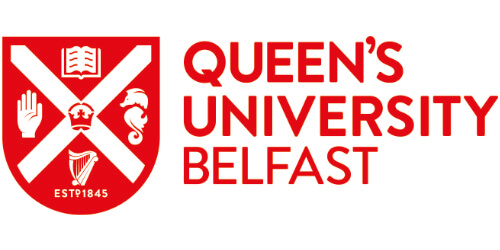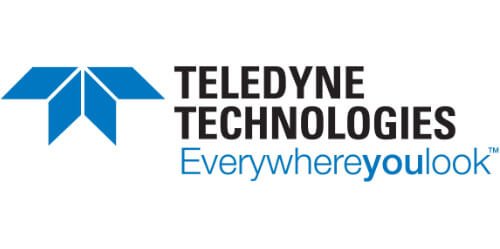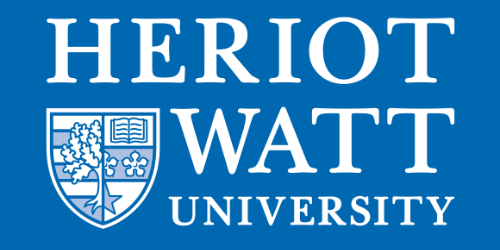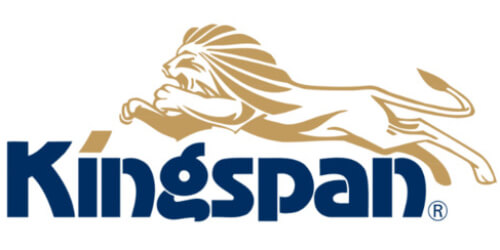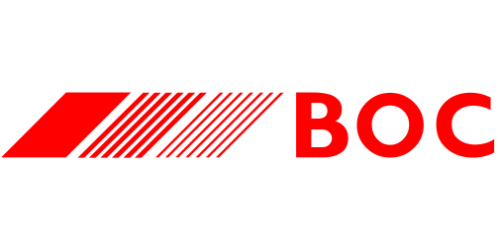Knowledge Articles
Materials Library - PVC
The majority of common engineering polymers have inherently low surface energy and therefore exhibit poor adhesion characteristics. Plasma treatment offers a reliable and environmentally friendly method of both cleaning and activating the polymer surface, increasing the surface energy and wettability, resulting in greatly improved adhesion characteristics.
Materials Library - PTFE
The majority of common engineering polymers have inherently low surface energy and therefore exhibit poor adhesion characteristics. Plasma treatment offers a reliable and environmentally friendly method of both cleaning and activating the polymer surface, increasing the surface energy and wettability, resulting in greatly improved adhesion characteristics.
Plasma Cleaning of Silicon Wafers
Influence of Surface Roughness on the Dynamics and Crystallization of Vapor-Deposited Thin Films
Battery Tech Expo 2023
As the UK’s largest event for the battery industry, the Battery Tech Expo brings together the largest audience of battery industry buyers, specialists and suppliers under one roof. Henniker will be exhibiting at the event on the 20th April 2023.
Materials Library - HDPE
The majority of common engineering polymers have inherently low surface energy and therefore exhibit poor adhesion characteristics. Plasma treatment offers a reliable and environmentally friendly method of both cleaning and activating the polymer surface, increasing the surface energy and wettability, resulting in greatly improved adhesion characteristics.
Plasma Treatment in Sample Preparation for Isotope Analysis
Read about the key role that Henniker Plasma Systems have in preparing samples for Isotope Analysis at the Imperial College London Qatar Stable Isotope Laboratory.
Plasma Cleaning in Battery Technology
Influence of electrode processing and electrolyte composition on multiwall carbon nanotube negative electrodes for sodium ion batteries
Plasma Cleaning in Flexible Electronics
Room Temperature Electronic Functionalization of Thermally Sensitive Substrates by Inkjet Printing of a Reactive Silver-Based MOD Ink
Materials Library - PET
PET (also abbreviated PETE) is short for polyethylene terephthalate, the chemical name for polyester. PET is a clear, strong, and lightweight plastic that is widely used for packaging foods and beverages, especially convenience-sized soft drinks, juices and water. PET typically exhibits low surface energy and poor bonding characteristics. Plasma treatment significantly increases the surface energy of PET resulting in elevated bond strengths.












